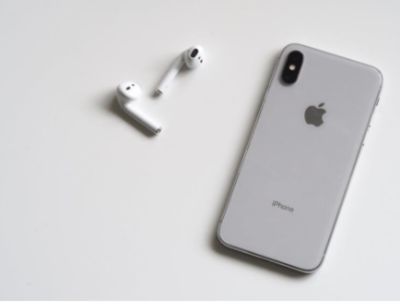4 Amazing Tech Tools for Verifying IDs

In the digital world, financial institutions must prevent fraud by conducting thorough screening of their customers.
In the past, banks conducted these checks face-to-face, scanning databases to match names and addresses on ID documents.
Now that customers conduct most of their business transactions online, new methods of ID verification need innovative technologies with remote capability.
Here are four amazing tools for verifying identification that enhance not only security but also customer experience.
ID Document Scanning with E-Signatures
When banks and other businesses want to ensure that the customer signing important documents is actually the person they claim to be during remote interactions, they can use electronic ID verification with e-signatures.
This is a time-saving, streamlined, and user-friendly procedure for all parties. The process begins with the customer uploading a photo of a government-issued ID document such as a driver’s license or passport.
The ID is then scanned and analyzed for specific security markings and watermarks to ensure that it is valid. The name on the ID is then compared to the name on the signed documents to make sure they match.
In addition to verifying identity, the scanning process can also examine the ID document for evidence of tamperings, such as unusual letter spacing or fonts. Guided by artificial intelligence, this technology can complete a meticulous examination of IDs that the human eye cannot.
Biometrics
ID scans and e-signatures are common now, providing better protection than traditional anti-fraud measures; there are new tools, however, that take personal identification to a new level of sophistication.
If you have used a smartphone with a fingerprint scan or facial recognition, then you have already entered the world of biometrics. The fintech industry knows that ID verification will be conducted primarily through biometrics in the future, so they are doing everything they can to help companies prepare for this transition.
Biometrics refers to measurements and statistical analysis of human physical characteristics. Examples of biometric-based identity verification methods include:
- Facial recognition
- Voice recognition
- Iris scanning
- Fingerprint scanning
Businesses have already implemented some of these biometric methods and have seen enormous accuracy and customer satisfaction improvements. One reason for the success is the simplicity of the requirements for customers; all they really need to verify their identity is a smartphone or their fingertip.
Liveness Detection
Liveness detection is a key component added to identity verification with biometrics. To prevent fraudsters from spoofing or manipulating a fingerprint scan or face recognition using fake replicas, liveness detection can determine if the face or fingertip is from a real person.
This Live scan technology is especially valuable in law enforcement and security applications, where accurate identity verification is critical.
The process begins during scanning when sensors relay biometric data from a customer’s photo or video selfie. The data is then analyzed using algorithms. Because of the vast number of photos available online to scammers, this type of screening is essential for combating fraud.
Dual-Layer Methods
In order to stay on top of fraudulent attempts to override the new biometric systems, developers implemented two-layer processes such as combining face and voice recognition during ID verification. Another approach is using a biometric with a unique behavior such as handwriting.
Even with an added step, ID verification is still easily accomplished through a customer’s smartphone. The only time-consuming aspect is the customer’s need to pre-register a scanned photo and fingerprint.
As the public becomes more accustomed to biometric verification systems in the future, financial institutions won’t need to worry about customer retention or abandoned online transactions. Two-step verification may become the norm and an accepted part of enhanced security.
Conclusion
Scanning faces, voices, and fingerprints for security access are no longer limited to movies and fantasy.
As banks and other financial institutions continue to implement these new ID verification tools, expect to run into them soon, if you haven’t already. And, you can rest assured knowing you have fantastic technology protecting your finances.






